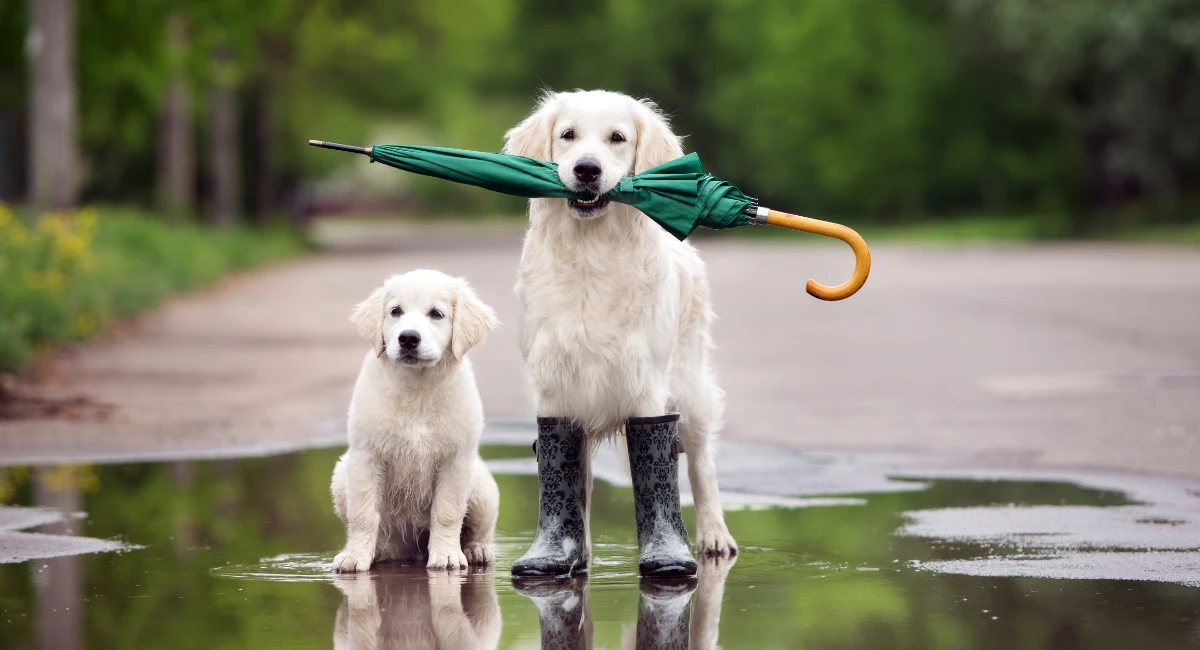Your pets are cherished family members, and their safety during disasters is paramount. Here’s how you can incorporate them into your emergency preparedness plan effectively:

Develop a Comprehensive Plan
Creating a detailed plan for your pets during emergencies can significantly reduce stress and uncertainty. Remember, if you need to evacuate, your pets should come with you; leaving them behind could lead to harm. Your plan should include:
- Identifying pet-friendly shelters or accommodations in advance, as many places may not allow pets.
- Establishing a buddy system with neighbors or family to assist with pet care if you’re unable to.
- Ensuring your pet is microchipped and that the contact details are current, including an emergency contact outside your immediate area.
- Seeking advice from local emergency management or animal welfare organizations for specialized guidance.
Assemble a Pet Emergency Kit
Prepare two kits: one for sheltering in place and a portable one for evacuation. Regularly check these kits to ensure their contents are fresh and usable. Your pet’s emergency kit should include:
- Enough food and water for several days, stored in waterproof and airtight containers.
- An extra supply of any regular medications in a waterproof container.
- A pet first aid kit, customized to your pet’s needs as advised by your veterinarian.
- Collars, ID tags, leashes, and harnesses, plus copies of registration and important documents in a waterproof container.
- A secure carrier or crate for each pet, alongside grooming and sanitation supplies.
- A photo of you with your pet to aid in identification and recovery if you’re separated.
- Items to comfort your pet, like favorite toys or bedding, which can help alleviate stress.
Guidelines for Large Animal Care
For those with larger animals like horses or goats, additional preparedness steps are crucial:
- Ensure all animals have identification.
- Plan for early evacuation and map out potential routes.
- Arrange appropriate transport and experienced handlers.
- Confirm that your destination has necessary resources like food, water, and medical care.
- Determine a safe strategy for animals that cannot be evacuated, whether sheltering them in a barn or leaving them in an open area.
Stay Informed and Proactive
Staying informed is key to effective disaster response. Here are ways to keep updated:
- Monitor wireless emergency alerts and heed advice from local authorities.
- Use apps like the FEMA app for weather alerts and updates.
- Act quickly to bring pets indoors at any sign of impending disaster.
By integrating these measures into your emergency preparedness plan, you ensure that every family member, including your pets, is protected during unforeseen events. You can find more information at Ready.gov.